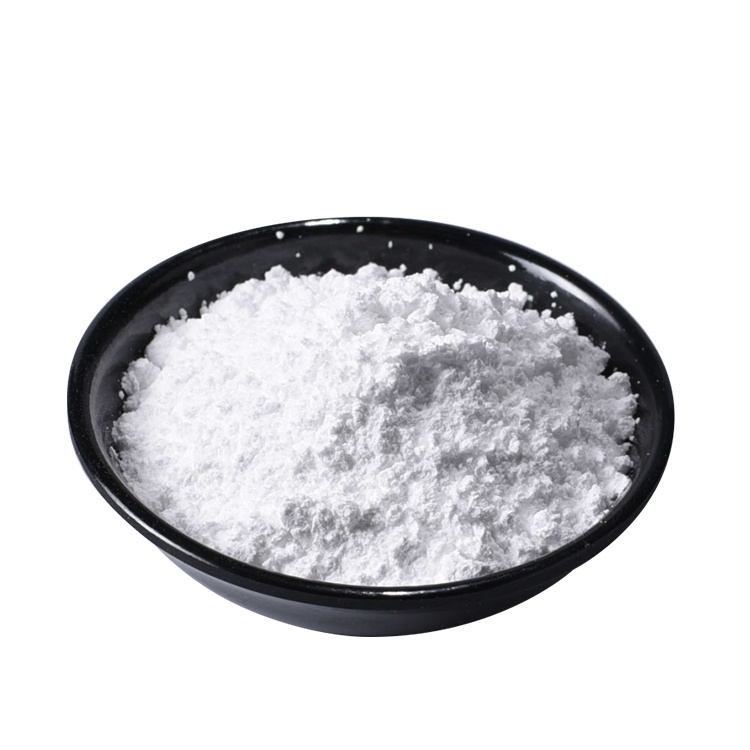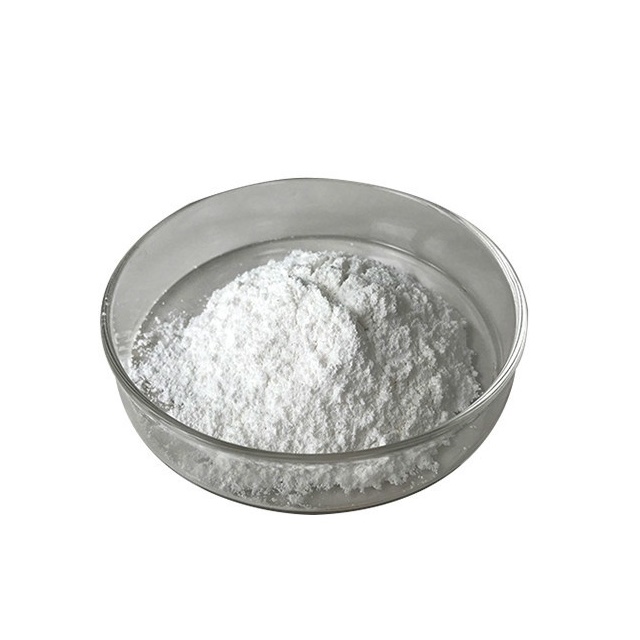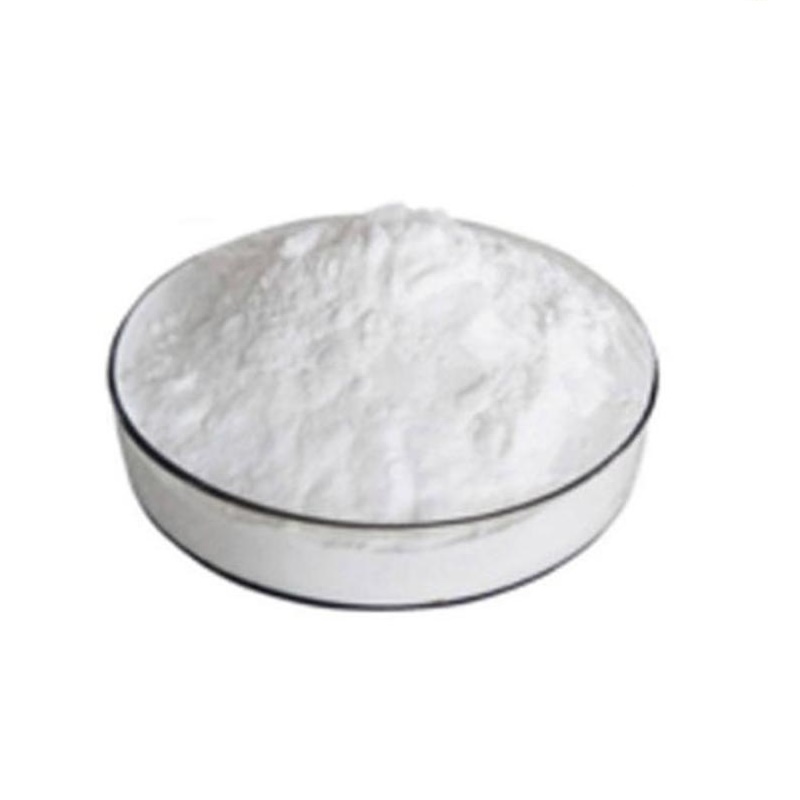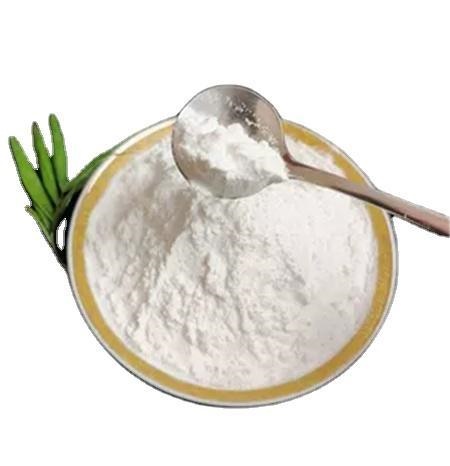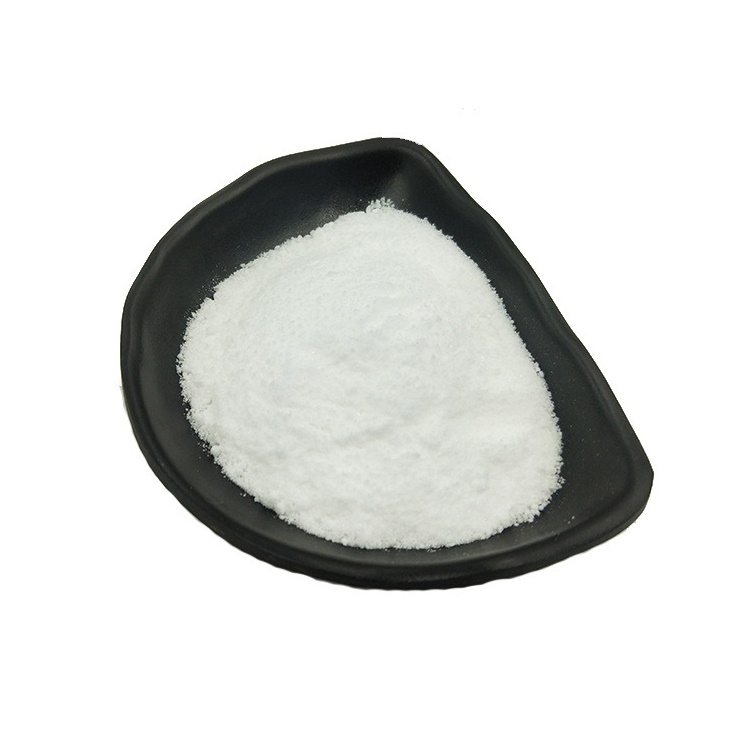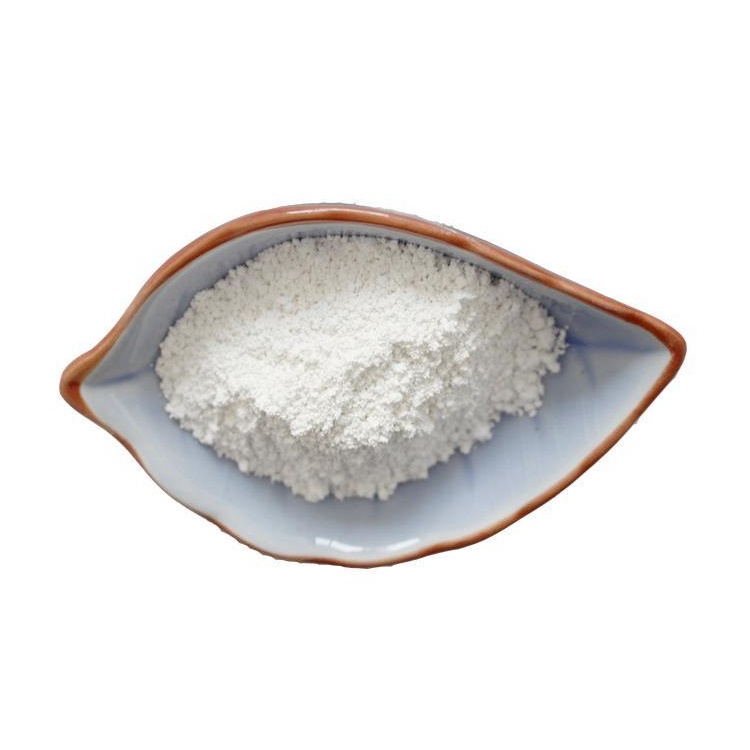

Barium titanate CAS 12047-27-7
——————
CAS number : 12047-27-7
molecular formula : BaO3Ti
EINECS : 234-975-0
——————
Email : info@deshangchem.com
Mobile : +86-13153039501
TEL : +86-531-88752665
CAS number:12047-27-7
molecular formula:BaO3Ti
molecular weight:233.19
EINECS number:234-975-0
English synonyms
bariummetatitanate;bariumtitaniumtrioxide;titanatebarium(1:1);vk4;vk4(oxide);yv100an;titanate barium;Bariumtitanatesinteredlumpmmwhitepieces
Related categories
Cv Inorganic Chemical Products for Electronics Industry;Barium;Catalysis and Inorganic Chemistry;Agricultural and Veterinary Raw Materials;Ca Barium Compounds;Inorganic Chemical Products;Inorganic Salts;Coating Materials;TitanatesChemical Synthesis;Catalysis and Inorganic Chemistry;Ceramics;BariumMetal and Ceramic Science;Chemical Synthesis; Inorganic Chemical Raw Materials; Other Functional Powders - Barium Titanate; Raw Materials; Functional Additives Chemical Raw Materials; Metal Compounds - Titanium Salts; Functional Materials; Oxides; Raw Materials; Chemical Raw Materials; Fine Chemical Raw Materials; Chemical Materials; Industrial/Fine Chemicals;Inorganics;Metal and Ceramic Science;Titanium;56: Ba;Materials Science;Nanomaterials;Nanoparticles: Oxides, Nitrides, and Other CeramicsMetal and Ceramic Science;Nanopowders and Nanoparticle Dispersions;TitaniumNanomaterials;metal titanate
Introduction
Barium titanate (BaTiO3) is a typical perovskite crystal with high dielectric constant, low dielectric loss, large resistivity, high compressive strength and excellent insulating properties. It is widely used in many Layer ceramic capacitors (MLCC), thermistors (PTCR), electro-optical devices and dynamic random access memory (FRAM) are the basic raw materials for electronic functional ceramic devices, so they are called the backbone of the electronic ceramic industry by scholars and manufacturers. .
Barium titanate is a uniform molten compound with a melting point of 1618°C. It has five crystal forms: hexagonal, cubic, tetragonal, tetragonal, and trigonal; it is stable in tetragonal form at room temperature.
| Melting point | 1625 °C |
| Density | 6.08 g/mL at 25 °C(lit.) |
| Vapor Pressure | 0Pa at 20℃ |
| Storage conditions | no restrictions. |
Solubility | Soluble in alcohols |
Shape | powder |
Color | White to gray |
Specific gravity | 6.08 |
| PH value | 9.6 (20g/l, H2O, 25℃)(slurry) |
Water solubility | INSOLUBLE |
Merck | 14,1000 |
InChIKey | WNKMTAQXMLAYHX-UHFFFAOYSA-N |
LogP | 1 at 20℃ |
| CAS database | 12047-27-7(CAS DataBase Reference) |
White powder. Soluble in concentrated sulfuric acid, hydrochloric acid and hydrofluoric acid, insoluble in hot dilute nitric acid, water and alkali.
● Mainly used for the preparation of various electronic components such as electronic ceramics, PTC thermistors, capacitors, etc.
● Widely used in the electronics industry, it can be used to manufacture nonlinear components, dielectric amplifiers, memory components of electronic computers, and also used to manufacture microcapacitors with small volume and large capacitance. It can also be used as a material for the manufacture of components such as ultrasonic generators.
● It is mainly used in the electronics industry as a material for the manufacture of nonlinear components, dielectric amplifiers, memory components of electronic computers, microcapacitors and ultrasonic generators.
● After mixing the purified titanium tetrachloride solution and the purified barium chloride solution, at 70 ~ 100 ℃, add purified oxalic acid (the ratio of TiCl4: BaCl2: H2C2O4? 2H2O is 1:1:2) to react to generate titanium oxalate The barium is precipitated, filtered, washed, dried, calcined at 700-1000°C, and then sieved to obtain high-purity barium titanate. That
TiCl4+BaC12+2H2C2O4+5H2O→BaTiO(C2O4)2?4H2O↓+6HCl
BaTiO(C2O4)2?4H2O[△]→BaTiO3+4H2O+2CO2↑+2CO↑
● Oxalic acid precipitation method After mixing the purified titanium tetrachloride solution and the purified barium chloride solution, at 70 ~ 100 ℃, add purified oxalic acid (the ratio of TiCl4:BaC12:H2C2O4·2H2O is 1:1:2) to react to generate The barium titanyl oxalate is precipitated, filtered, washed, dried, calcined at 700-1000°C, and then sieved to obtain the finished barium titanate. That
BaCl2+TiCl4+2H2C2O4+5H2O→BaTIO(C2O4)2·4H2O↓+6HCl
BaTiO(C2O4)2·4H2O→BaTiO3+4H2O+2CO2↑+2CO↑
The barium carbonate and titanium dioxide are mixed (1:1) and ground by solid-phase method, then extruded and calcined at 1200°C. finished product.
BaCO3+TiO2→BaTiO3+CO2↑

Barium titanate CAS 12047-27-7
CAS number:12047-27-7
molecular formula:BaO3Ti
molecular weight:233.19
EINECS number:234-975-0
English synonyms
bariummetatitanate;bariumtitaniumtrioxide;titanatebarium(1:1);vk4;vk4(oxide);yv100an;titanate barium;Bariumtitanatesinteredlumpmmwhitepieces
Related categories
Cv Inorganic Chemical Products for Electronics Industry;Barium;Catalysis and Inorganic Chemistry;Agricultural and Veterinary Raw Materials;Ca Barium Compounds;Inorganic Chemical Products;Inorganic Salts;Coating Materials;TitanatesChemical Synthesis;Catalysis and Inorganic Chemistry;Ceramics;BariumMetal and Ceramic Science;Chemical Synthesis; Inorganic Chemical Raw Materials; Other Functional Powders - Barium Titanate; Raw Materials; Functional Additives Chemical Raw Materials; Metal Compounds - Titanium Salts; Functional Materials; Oxides; Raw Materials; Chemical Raw Materials; Fine Chemical Raw Materials; Chemical Materials; Industrial/Fine Chemicals;Inorganics;Metal and Ceramic Science;Titanium;56: Ba;Materials Science;Nanomaterials;Nanoparticles: Oxides, Nitrides, and Other CeramicsMetal and Ceramic Science;Nanopowders and Nanoparticle Dispersions;TitaniumNanomaterials;metal titanate
Introduction
Barium titanate (BaTiO3) is a typical perovskite crystal with high dielectric constant, low dielectric loss, large resistivity, high compressive strength and excellent insulating properties. It is widely used in many Layer ceramic capacitors (MLCC), thermistors (PTCR), electro-optical devices and dynamic random access memory (FRAM) are the basic raw materials for electronic functional ceramic devices, so they are called the backbone of the electronic ceramic industry by scholars and manufacturers. .
Barium titanate is a uniform molten compound with a melting point of 1618°C. It has five crystal forms: hexagonal, cubic, tetragonal, tetragonal, and trigonal; it is stable in tetragonal form at room temperature.
| Melting point | 1625 °C |
| Density | 6.08 g/mL at 25 °C(lit.) |
| Vapor Pressure | 0Pa at 20℃ |
| Storage conditions | no restrictions. |
Solubility | Soluble in alcohols |
Shape | powder |
Color | White to gray |
Specific gravity | 6.08 |
| PH value | 9.6 (20g/l, H2O, 25℃)(slurry) |
Water solubility | INSOLUBLE |
Merck | 14,1000 |
InChIKey | WNKMTAQXMLAYHX-UHFFFAOYSA-N |
LogP | 1 at 20℃ |
| CAS database | 12047-27-7(CAS DataBase Reference) |
White powder. Soluble in concentrated sulfuric acid, hydrochloric acid and hydrofluoric acid, insoluble in hot dilute nitric acid, water and alkali.
● Mainly used for the preparation of various electronic components such as electronic ceramics, PTC thermistors, capacitors, etc.
● Widely used in the electronics industry, it can be used to manufacture nonlinear components, dielectric amplifiers, memory components of electronic computers, and also used to manufacture microcapacitors with small volume and large capacitance. It can also be used as a material for the manufacture of components such as ultrasonic generators.
● It is mainly used in the electronics industry as a material for the manufacture of nonlinear components, dielectric amplifiers, memory components of electronic computers, microcapacitors and ultrasonic generators.
● After mixing the purified titanium tetrachloride solution and the purified barium chloride solution, at 70 ~ 100 ℃, add purified oxalic acid (the ratio of TiCl4: BaCl2: H2C2O4? 2H2O is 1:1:2) to react to generate titanium oxalate The barium is precipitated, filtered, washed, dried, calcined at 700-1000°C, and then sieved to obtain high-purity barium titanate. That
TiCl4+BaC12+2H2C2O4+5H2O→BaTiO(C2O4)2?4H2O↓+6HCl
BaTiO(C2O4)2?4H2O[△]→BaTiO3+4H2O+2CO2↑+2CO↑
● Oxalic acid precipitation method After mixing the purified titanium tetrachloride solution and the purified barium chloride solution, at 70 ~ 100 ℃, add purified oxalic acid (the ratio of TiCl4:BaC12:H2C2O4·2H2O is 1:1:2) to react to generate The barium titanyl oxalate is precipitated, filtered, washed, dried, calcined at 700-1000°C, and then sieved to obtain the finished barium titanate. That
BaCl2+TiCl4+2H2C2O4+5H2O→BaTIO(C2O4)2·4H2O↓+6HCl
BaTiO(C2O4)2·4H2O→BaTiO3+4H2O+2CO2↑+2CO↑
The barium carbonate and titanium dioxide are mixed (1:1) and ground by solid-phase method, then extruded and calcined at 1200°C. finished product.
BaCO3+TiO2→BaTiO3+CO2↑
Team Presentation

